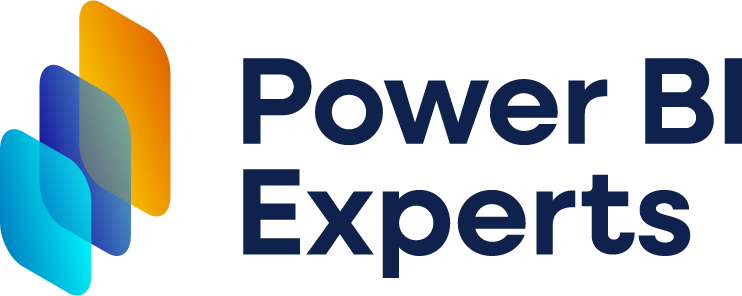
When it comes to analyzing marketing campaigns, you need clear insights into what’s working, what’s not, and where to adjust for maximum impact. With Power BI, marketers can dive deep into campaign data and make data-driven decisions quickly. In this post, we'll walk you through how Power BI can elevate your marketing analysis—no matter the platform or type of campaign you’re running. Let’s explore how Power BI brings campaign insights to life! 🚀
Why Power BI for Campaign Analysis?
Power BI is designed to transform raw data into dynamic, interactive visuals. This is especially powerful for marketing, where data from various channels needs to be integrated, analyzed, and presented in a format that helps you understand performance in real-time. Power BI's data visualization capabilities provide a clearer view of campaign ROI, customer behavior, and much more—all in one place.
Key Areas to Analyze in Power BI for Campaigns
Here are several essential areas you can track to get the full picture of your marketing efforts:
Ad Performance: Analyze metrics like clicks, impressions, and engagement across platforms (e.g., Google, Facebook, LinkedIn) in one dashboard. Power BI can consolidate this data to show where your ads are performing best.
Conversion Rates: Track how well your campaigns are converting leads into customers by connecting Power BI to your CRM data. View which channels and ads drive conversions, making it easy to allocate resources effectively.
Audience Insights: Segment audiences by demographics, geographies, and behaviors. Power BI allows you to visualize which audience segments respond best to specific campaigns, helping you tailor content and messaging.
Engagement Metrics: Monitor interactions, likes, shares, comments, and overall engagement on social media or your website. With Power BI’s visuals, engagement metrics across channels can be easily compared to measure success and audience interest.
Attribution Models: With Power BI’s data manipulation capabilities, you can build custom attribution models to understand which marketing touchpoints are most influential along the customer journey.
Campaign ROI: Calculate your campaign return on investment by combining spend data with revenue metrics. Power BI can break down ROI by campaign, allowing you to make more strategic budget decisions.
Steps to Build Your Campaign Dashboard in Power BI
Connect Your Data
Import data from various sources, such as Google Analytics, social media platforms, and CRM tools, directly into Power BI.
Design the Layout
Map out a layout that shows key metrics at a glance, with breakdowns by channel or campaign type to spot trends quickly.
Customize Visuals
Use visual elements like line charts, bar graphs, and filters to make data interactive and easy to navigate.
Set Up Real-Time Refresh
Automate data refreshes so that your dashboard updates continuously, providing real-time insights.
Share and Collaborate
With Power BI’s sharing options, you can easily distribute reports to team members and stakeholders for collaborative decision-making.
Leveraging Power BI for Future Campaigns
Using Power BI to analyze your marketing campaigns doesn’t just help you understand past performance—it equips you with actionable insights for future planning. By reviewing what’s worked, you can replicate successful strategies and fine-tune others. This continuous improvement loop is what makes Power BI an invaluable tool for marketing teams.
Maximize Your Campaign Success with Power BI Services and Consulting
Power BI offers a powerful approach to marketing analysis, allowing you to make informed decisions based on live data. By leveraging Power BI services and consulting, you can build custom dashboards that meet your unique needs and keep your campaigns on track. Ready to transform your campaign data into insights? Let’s get started! 🎉

